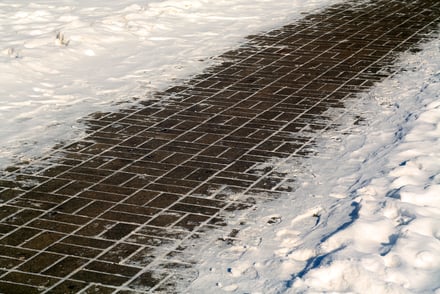Every historic home comes with a to-do list of repairs and upgrades. A common challenge to home owners is how to decide which, if any, of the tasks are appropriate for DIY. Even the most handy owners, eager to get started on a project, should consider carefully which tasks are best left to professionals.
Start With a Plan
Before you jump into a historic home renovation, take time to consider what’s involved. Even small scale projects on an old house can deliver surprises. Get professional advice for developing the scope of the project, including materials, phases, and inspections. You will then be able to determine how much of the work you can do yourself. Here are four things that you may want to consider:
1. How big is the project and what are the local permitting restrictions? How many licensed contractors will need to be involved?
2. How much time can you realistically spend on the project? Is there a timeline for completion or can you set your own pace?
3. Do you have the appropriate skills for the project? Will it take you much longer than a professional and can you match the quality?
4. Do you enjoy doing the work? Think about the reasons for wanting to do it yourself. Will you still enjoy the work after a few months of living in the confusion and inconvenience that accompanies any home renovation project?
Projects Reserved for the Pros
1. Structural repairs or changes. Whenever you start working on an old home you can expect surprises when you open up the walls. Older homes tend to have structural wear that will require professional help from an architect and contractor, or in some cases a structural engineer.
2. Changes that involve utilities. Home renovation projects that involve gas, electricity or plumbing require a professional for obvious reasons, but also because most of this work requires permits.
DIY Projects
1. Finding and purchasing materials. You know what you want and your contractors may not share your taste. So for tiles, cabinetry, bathroom and kitchen fixtures, doors and any number of items you are the best shopper.
2. Light demolition. Most homeowners can get the project started by removing unwanted cabinets, appliances, fixtures, tile work, and moldings or pulling up floorboards or carpeting.
3. Changing and prepping surfaces. Stripping wallpaper and old paint; adding fresh new paint and stains, cleaning aged door and window fixtures are all examples of cosmetic changes right for the DIY homeowner.
Renaissance Development, a leader in historic preservation, specializes in the brick restoration of DC historic buildings. The company uses traditional methods (tuckpointing) and materials to repair and replace damaged mortar joints. Contact us for a free site visit and project quote.
May 3, 2016 4:05:29 PM


